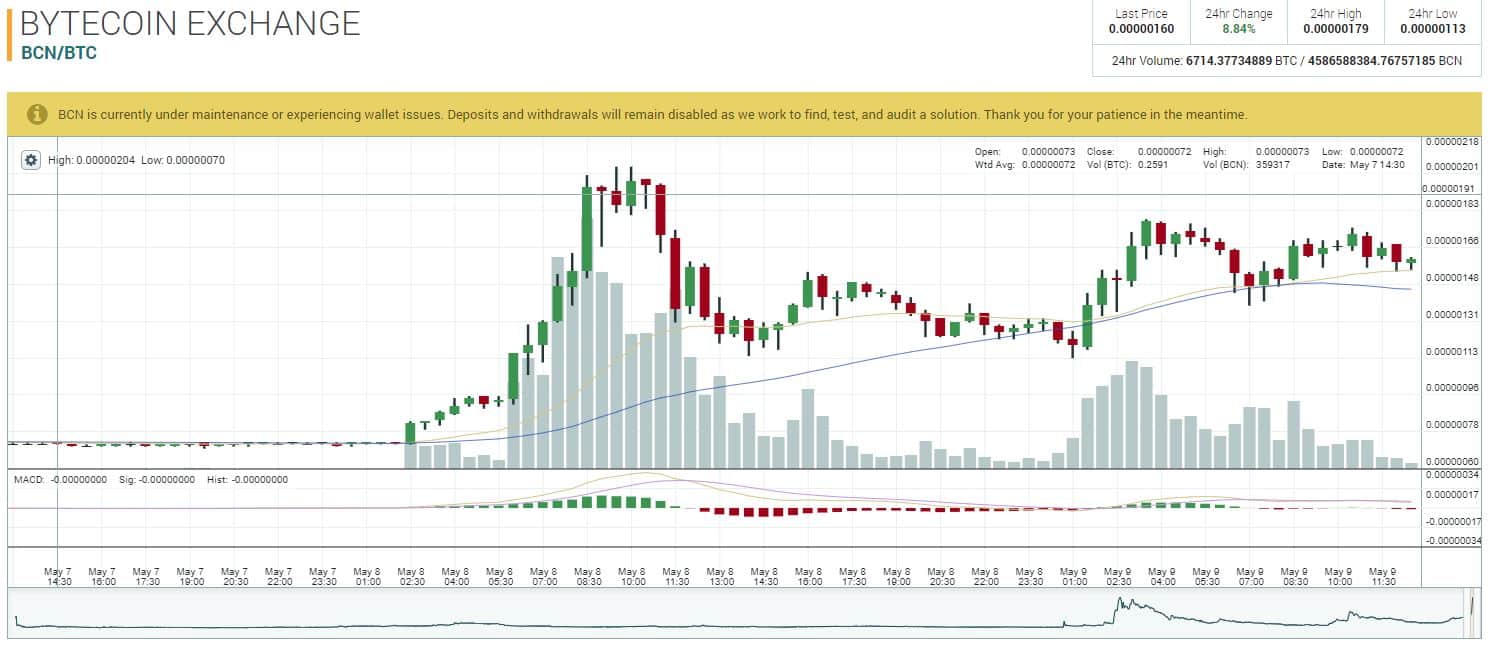Remonda Z. Kirketerp-Møller | Muinmos
Remonda Z. Kirketerp-Møller | Muinmos
Remonda Z. Kirketerp-Møller | Muinmos
Remonda Z. Kirketerp-Møller | Muinmos
Remonda Z. Kirketerp-Møller | Muinmos
Remonda Z. Kirketerp-Møller | Muinmos
In our discussion with Rhonda K. Müller, CEO of Muinmos, during iFX EXPO International, she covered regulatory changes impacting the trading industry, particularly focusing on new frameworks like MICA and Dora. She highlights the positive effects of regulation, such as increased order and transparency, and predicts that these changes will ignite more competition in the crypto market. Rhonda also touches on the rising trend of prop trading and anticipates future regulations in this area to ensure legitimacy. Finally, she shares Mooz's commitment to digitization and connectivity, aiming to provide comprehensive solutions from investor protection to risk profiling.
#financemagnates #Regulation #CryptoTrading #PropTrading #FinancialMarkets #DigitalTransformation
📣 Stay updated with the latest in finance and trading!
Follow Finance Magnates for news, insights, and event updates across our social media platforms. Connect with us today:
🔗 LinkedIn: https://www.linkedin.com/company/financemagnates/
👍 Facebook: https://www.facebook.com/financemagnates/
📸 Instagram: https://www.instagram.com/financemagnates_official
🐦 X (Twitter): https://twitter.com/financemagnates/
📡 RSS Feed: https://www.financemagnates.com/feed/
▶️ Telegram: https://t.me/financemagnatesnews
Don't miss out on our latest videos, interviews, and event coverage.
🔔 Subscribe to our YouTube channel for more!🔔
In our discussion with Rhonda K. Müller, CEO of Muinmos, during iFX EXPO International, she covered regulatory changes impacting the trading industry, particularly focusing on new frameworks like MICA and Dora. She highlights the positive effects of regulation, such as increased order and transparency, and predicts that these changes will ignite more competition in the crypto market. Rhonda also touches on the rising trend of prop trading and anticipates future regulations in this area to ensure legitimacy. Finally, she shares Mooz's commitment to digitization and connectivity, aiming to provide comprehensive solutions from investor protection to risk profiling.
#financemagnates #Regulation #CryptoTrading #PropTrading #FinancialMarkets #DigitalTransformation
📣 Stay updated with the latest in finance and trading!
Follow Finance Magnates for news, insights, and event updates across our social media platforms. Connect with us today:
🔗 LinkedIn: https://www.linkedin.com/company/financemagnates/
👍 Facebook: https://www.facebook.com/financemagnates/
📸 Instagram: https://www.instagram.com/financemagnates_official
🐦 X (Twitter): https://twitter.com/financemagnates/
📡 RSS Feed: https://www.financemagnates.com/feed/
▶️ Telegram: https://t.me/financemagnatesnews
Don't miss out on our latest videos, interviews, and event coverage.
🔔 Subscribe to our YouTube channel for more!🔔
In our discussion with Rhonda K. Müller, CEO of Muinmos, during iFX EXPO International, she covered regulatory changes impacting the trading industry, particularly focusing on new frameworks like MICA and Dora. She highlights the positive effects of regulation, such as increased order and transparency, and predicts that these changes will ignite more competition in the crypto market. Rhonda also touches on the rising trend of prop trading and anticipates future regulations in this area to ensure legitimacy. Finally, she shares Mooz's commitment to digitization and connectivity, aiming to provide comprehensive solutions from investor protection to risk profiling.
#financemagnates #Regulation #CryptoTrading #PropTrading #FinancialMarkets #DigitalTransformation
📣 Stay updated with the latest in finance and trading!
Follow Finance Magnates for news, insights, and event updates across our social media platforms. Connect with us today:
🔗 LinkedIn: https://www.linkedin.com/company/financemagnates/
👍 Facebook: https://www.facebook.com/financemagnates/
📸 Instagram: https://www.instagram.com/financemagnates_official
🐦 X (Twitter): https://twitter.com/financemagnates/
📡 RSS Feed: https://www.financemagnates.com/feed/
▶️ Telegram: https://t.me/financemagnatesnews
Don't miss out on our latest videos, interviews, and event coverage.
🔔 Subscribe to our YouTube channel for more!🔔
In our discussion with Rhonda K. Müller, CEO of Muinmos, during iFX EXPO International, she covered regulatory changes impacting the trading industry, particularly focusing on new frameworks like MICA and Dora. She highlights the positive effects of regulation, such as increased order and transparency, and predicts that these changes will ignite more competition in the crypto market. Rhonda also touches on the rising trend of prop trading and anticipates future regulations in this area to ensure legitimacy. Finally, she shares Mooz's commitment to digitization and connectivity, aiming to provide comprehensive solutions from investor protection to risk profiling.
#financemagnates #Regulation #CryptoTrading #PropTrading #FinancialMarkets #DigitalTransformation
📣 Stay updated with the latest in finance and trading!
Follow Finance Magnates for news, insights, and event updates across our social media platforms. Connect with us today:
🔗 LinkedIn: https://www.linkedin.com/company/financemagnates/
👍 Facebook: https://www.facebook.com/financemagnates/
📸 Instagram: https://www.instagram.com/financemagnates_official
🐦 X (Twitter): https://twitter.com/financemagnates/
📡 RSS Feed: https://www.financemagnates.com/feed/
▶️ Telegram: https://t.me/financemagnatesnews
Don't miss out on our latest videos, interviews, and event coverage.
🔔 Subscribe to our YouTube channel for more!🔔
In our discussion with Rhonda K. Müller, CEO of Muinmos, during iFX EXPO International, she covered regulatory changes impacting the trading industry, particularly focusing on new frameworks like MICA and Dora. She highlights the positive effects of regulation, such as increased order and transparency, and predicts that these changes will ignite more competition in the crypto market. Rhonda also touches on the rising trend of prop trading and anticipates future regulations in this area to ensure legitimacy. Finally, she shares Mooz's commitment to digitization and connectivity, aiming to provide comprehensive solutions from investor protection to risk profiling.
#financemagnates #Regulation #CryptoTrading #PropTrading #FinancialMarkets #DigitalTransformation
📣 Stay updated with the latest in finance and trading!
Follow Finance Magnates for news, insights, and event updates across our social media platforms. Connect with us today:
🔗 LinkedIn: https://www.linkedin.com/company/financemagnates/
👍 Facebook: https://www.facebook.com/financemagnates/
📸 Instagram: https://www.instagram.com/financemagnates_official
🐦 X (Twitter): https://twitter.com/financemagnates/
📡 RSS Feed: https://www.financemagnates.com/feed/
▶️ Telegram: https://t.me/financemagnatesnews
Don't miss out on our latest videos, interviews, and event coverage.
🔔 Subscribe to our YouTube channel for more!🔔
In our discussion with Rhonda K. Müller, CEO of Muinmos, during iFX EXPO International, she covered regulatory changes impacting the trading industry, particularly focusing on new frameworks like MICA and Dora. She highlights the positive effects of regulation, such as increased order and transparency, and predicts that these changes will ignite more competition in the crypto market. Rhonda also touches on the rising trend of prop trading and anticipates future regulations in this area to ensure legitimacy. Finally, she shares Mooz's commitment to digitization and connectivity, aiming to provide comprehensive solutions from investor protection to risk profiling.
#financemagnates #Regulation #CryptoTrading #PropTrading #FinancialMarkets #DigitalTransformation
📣 Stay updated with the latest in finance and trading!
Follow Finance Magnates for news, insights, and event updates across our social media platforms. Connect with us today:
🔗 LinkedIn: https://www.linkedin.com/company/financemagnates/
👍 Facebook: https://www.facebook.com/financemagnates/
📸 Instagram: https://www.instagram.com/financemagnates_official
🐦 X (Twitter): https://twitter.com/financemagnates/
📡 RSS Feed: https://www.financemagnates.com/feed/
▶️ Telegram: https://t.me/financemagnatesnews
Don't miss out on our latest videos, interviews, and event coverage.
🔔 Subscribe to our YouTube channel for more!🔔

























